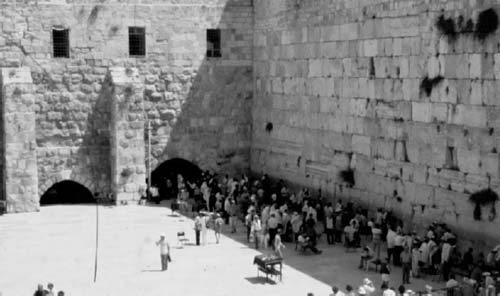JudaismHolidays Andregular Observances |
What is the significance of Hanukkah and Purim? |
An observance perhaps best known to non-Jews is the late autumn Feast of Dedication called Hanukkah, which begins on the 25th of Kislev and continues for eight days. The nine-branch candlestick (menorah) recalls how, during the Maccabean revolt against the Seleucid profanation of the Temple, a one-day supply of oil miraculously lasted all eight days of the rededication of the holy place, which occurred in 165 B.C.E. Each evening families light an additional candle from the central flame, sing devotional songs, and exchange small presents. Another remembrance of a similar Jewish victory against great odds is the feast of Purim. A month before Passover, after a daylong preparatory fast, the feast of “lots” on the 14th of Adar commemorates how the evil Persian Haman tried to wipe Israel out by casting lots. The Book of Esther (one of the five Megillot) tells the story of one of Judaism’s most redoubtable heroines. The day before Purim recalls the Fast of Esther (Ta’anit Esther), and the day after, called Shushan Purim, observes the memory of how Esther’s deeds gave cause for joy among the Jews of Shushan. Purim has an almost carnival atmosphere, complete with costumes and the giving of gifts.

Western Wall of the Jewish Temple, popularly known as the “Wailing Wall” because of its association with annual lamentation on the 9th of Av over the destruction of the Temple. The lower courses of masonry are from Herod’s time, identifiable as Herodian by the trimmed outer margin of each stone. (Photo courtesy of David Oughton.)
